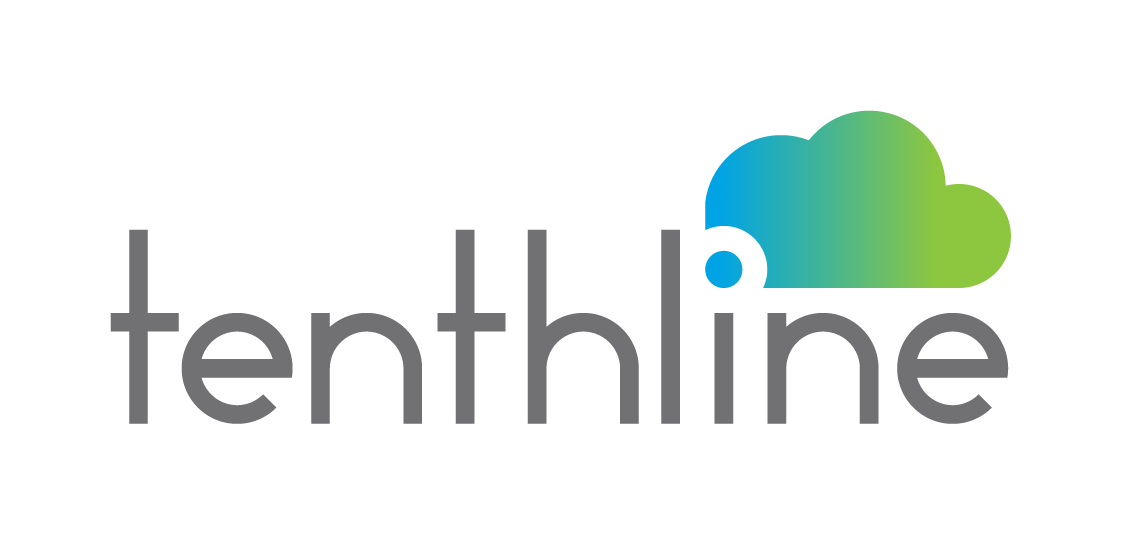As more organizations move to a multi-cloud infrastructure, the importance of securely managing those clouds cannot be overstated. The key to multi-cloud security is understanding the different cloud services available and how they can be used to increase your cloud security posture. In this blog post, we’ll look at some best practices for strengthening your multi-cloud security posture.
While cloud security is an essential component of any cloud-based computing infrastructure, multi-cloud security is absolutely vital for safeguarding critical data. Multi-cloud security provides a greater layer of protection by employing cloud-specific controls and applying cloud technology to protect cloud environments from unauthorized access and malicious attacks. To get started with multi-cloud security, it’s important to assess existing cloud technological capabilities to identify potential risk points. Security teams should also consider the cloud service provider’s practices in terms of architecture and implementation, as well as industry best practices regarding multi-cloud security in order to create an effective security system. Additionally, end users must be aware of their responsibility when it comes to protecting their systems from malicious activities which may occur on cloud infrastructure. To ensure successful implementation of this complex measure, visibility across cloud components is essential for discovering inconsistencies and generating real time alerts on possible threats.
Multi-Cloud Security
Identify and Monitor Assets in the Cloud
The first step in strengthening your multi-cloud security posture is identifying and monitoring all assets in the cloud. It’s important to know which assets are in the cloud, who has access to them, and what activities are taking place on them. This includes monitoring for any unauthorized access or activity on those assets. Having visibility into all assets will help you quickly detect and respond to any suspicious activity or threats that arise.
Implement Appropriate Access Controls
Once you have identified all of your assets in the cloud, it’s important to implement appropriate access controls so that only authorized personnel can access them. Access controls should be tailored specifically for each asset based on its level of sensitivity, who needs access to it, and what type of access they need (i.e., read-only or full control). Additionally, it’s important to regularly review these controls to ensure they are up to date with current business needs.
Utilize Data Encryption Whenever Possible
Data encryption is another powerful tool for securing sensitive data stored in the cloud. Data should always be encrypted when it is being transmitted or stored in the cloud so that if it falls into the wrong hands, it cannot be accessed without a proper decryption key. Additionally, encryption keys should also be securely stored and regularly rotated as an extra precautionary measure against potential breaches or unauthorized access attempts.
Securing your multi-cloud environment is essential for keeping confidential data safe from malicious actors online and ensuring compliance with industry regulations such as GDPR and HIPAA. By following best practices such as identifying and monitoring assets in the cloud, implementing appropriate access controls, and utilizing data encryption whenever possible, organizations can better protect their critical data stored in multiple clouds while maintaining an efficient workflow across different platforms like AWS, Azure, Google Cloud Platform (GCP), etc.. Although there is no one size fits all approach when it comes to protecting data stored in multiple clouds, following these tips can help strengthen your organization’s overall security posture so that you can rest easy knowing that your data is secure from prying eyes.


Leave A Comment